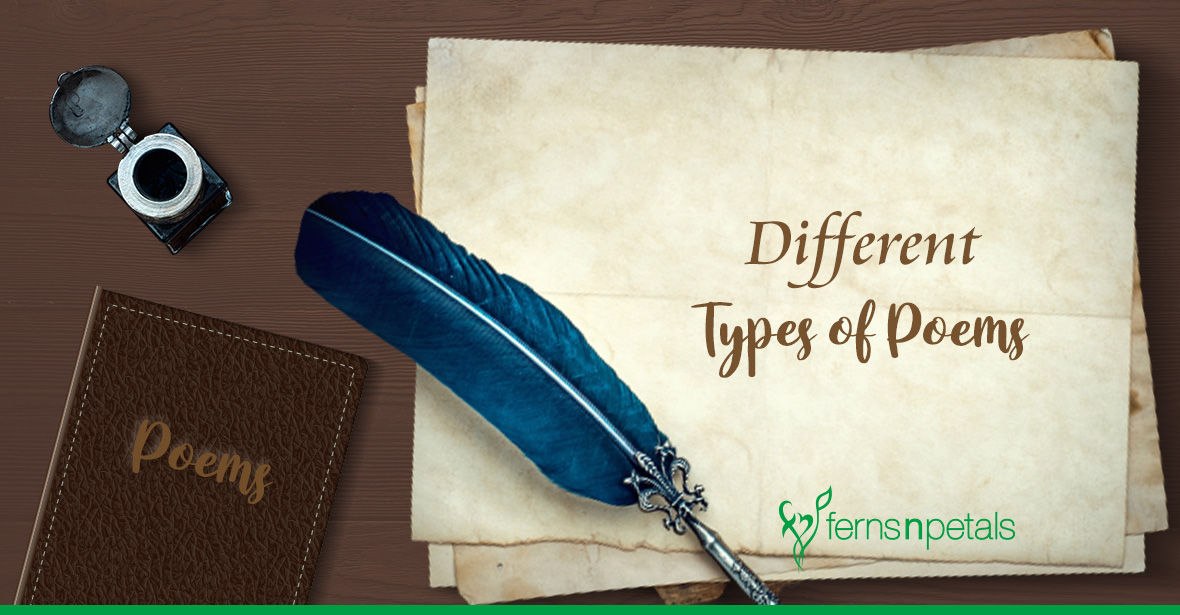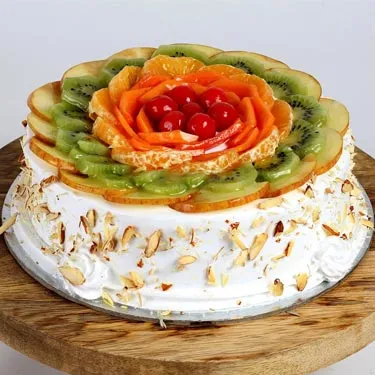What Are The Different Types of Poems Around The World?
- Author: Priyanka Published: 17th March, 2021
As a form of literature that found its origin four thousand years ago, poetry is still used worldwide to express emotions, creativity and strong ideologies. This piece of an art form, over the years, has modified itself to accommodate the little essential and non-essential characteristics of cultures around the world. And because it resonates with the audience so well, some poetic verses have become immortal and their profoundness- timeless. Did you know that there are over fifteen different types of poems originating from the scantiest little corners of the world? This article will explore the top 5 kinds for you to browse through and probably learn something new today.

Haiku
Haiku finds its origin in the land of the rising sun: Japan, in the 15th century. It is made up of 3 lines, and each one has a specified syllable limit that the poet needs to stick to. The poem will usually break itself into two parts after the first or the second line, and the break will be denoted with a colon, dash or an ellipsis.
Example of a Haiku:
In the cicada's cry...
No sign can foretell
How soon it must die.
Sonnets
This poetic form originated in Italy and was widely popular in the modern world through Shakespeare’s version (the English form). The initial Italian form consisted of 14 lines and a standardised rhyme scheme. Still, over the years, poets have changed the rhythmic construct, leading to the end syllables not necessarily rhyming every time. These are some world-renowned sonnets that you must read: Sonnet 29 - William Shakespeare; Death, Be Not Proud - John Donne; Sonnet 1 from Astrophil and Stella - Sir Philip Sidney.
Elegies
This was a favourite among the English Romantic Poets of the 18th Century. Essentially, the word Elegy is a Greek word that refers to a line or a verse with a specific emotion attached to it. But it was during the 16th century that the word took on a direct meaning. It is now widely known as a type of poem with a sad or a death-related lamenting undertone. This type doesn’t necessarily have a structure to it. Read through this example to know how Elegies can paint a melancholic story through beautiful words
“I hold it true, whate'er befall;
I feel it when I sorrow most;
'Tis better to have loved and lost
Than never to have loved at all.”
- Alfred Lord Tennyson’s ‘In Memoriam’
Limerick
The country of origin of Limerics is quite uncertain, but archaic documents suggest that a small town in Ireland was the inspiration behind this poetic form’s name. They are made up of 5 lines and follow a strict rhyme scheme. The first, second and the fifth lines consist of seven to ten syllables and is essential that they rhyme, while the third and the fourth line have five to seven syllables and rhyme with each other. If you’d read through a few, you’d also notice that this poetic form mostly carry verses with a humorous tone. Here’s a famous example by Edward Lear:
There was an Old Man who said, 'Hush!
I perceive a young bird in this bush!'
When they said, 'Is it small?'
He replied, 'Not at all!
It is four times as big as the bush!'
Villanelle
This French poetic form is made up of 5 sets of three lines that have a rhythmic scheme of ‘aba’, followed by a quartet ( a set of 4 lines) with an ‘abaa’ rhyme scheme. In total, there are 19 lines and it strictly follows the before-mentioned rhyming pattern. It wasn’t until the Renaissance period that the form picked up speed among the English poets. And although pastoral poetry was the major theme during that time, contemporary poets chose to stray away from the normal and wrote Villanelles on all kinds of topics. “Do Not Go Gentle into That Good Night” by Dylan Thomas is a famous example.





